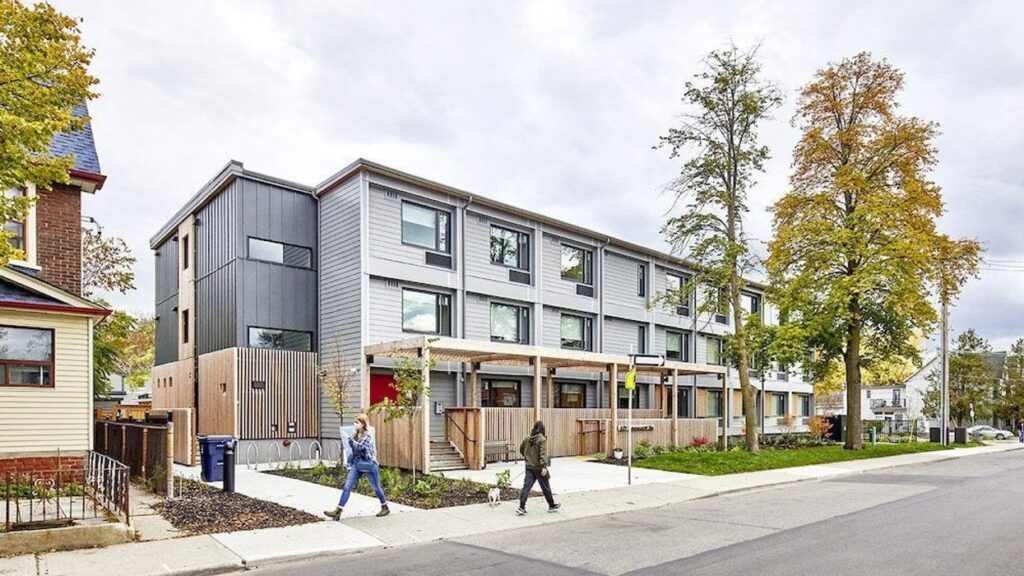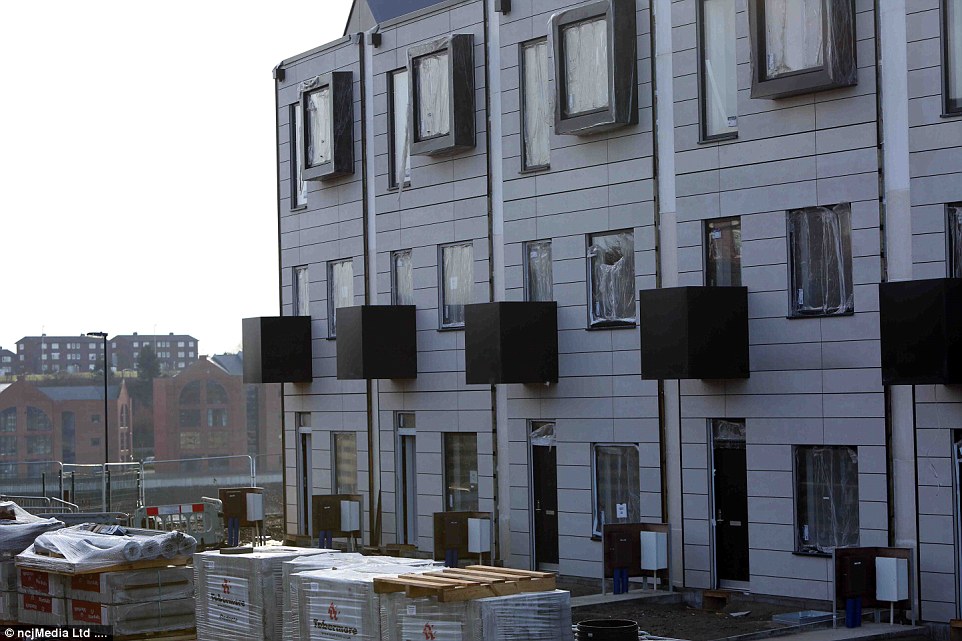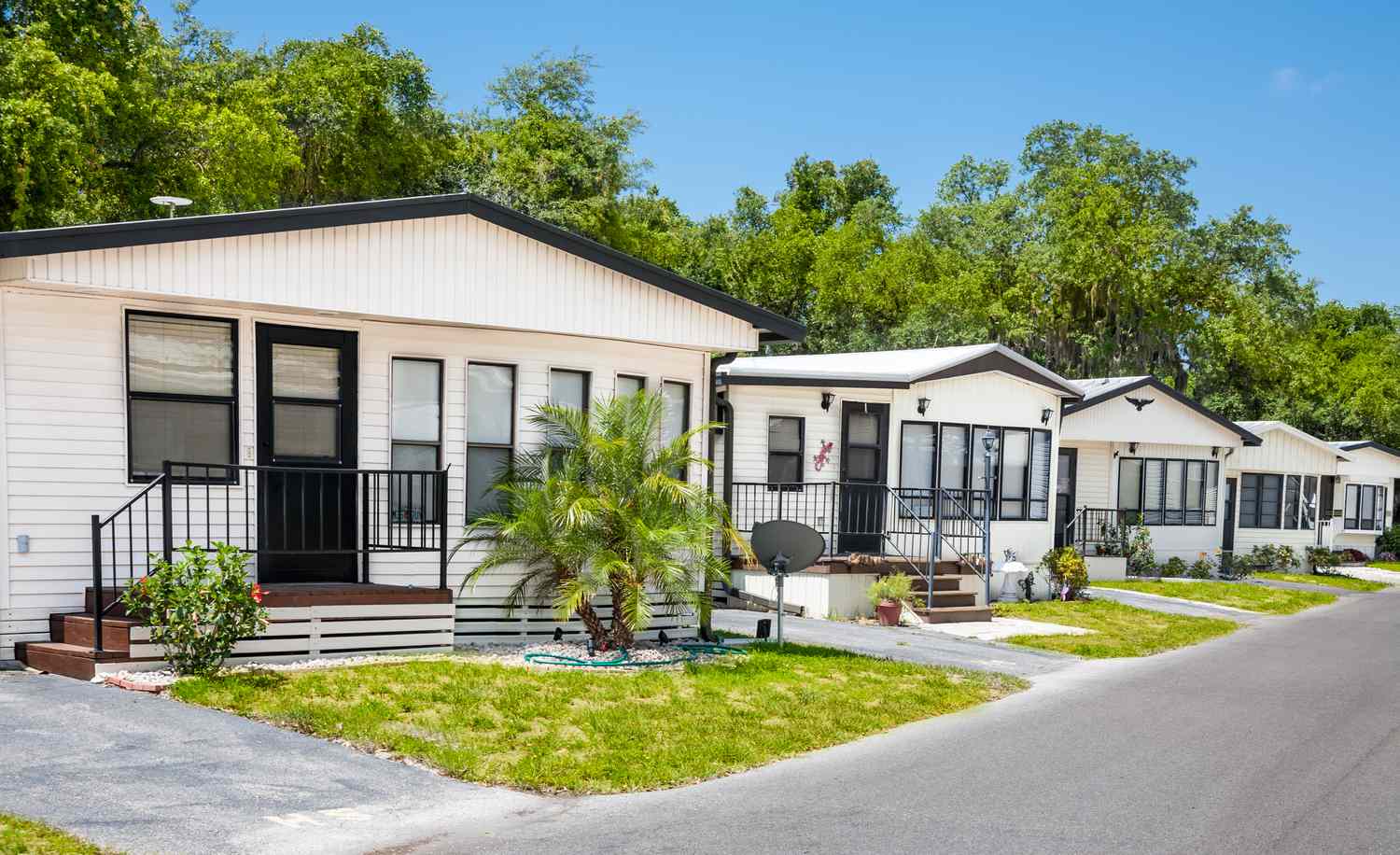
Circular Construction: Embracing Sustainability in Building
As our world grapples with environmental challenges, the building industry is shifting its focus towards circular construction. This innovative approach prioritizes sustainability, aiming to create structures that harmonize with nature. In this article, we delve into what circular construction entails and why it holds the key to a more sustainable future.

What is Circular Construction?
Circular construction is a methodology that minimizes waste and maximizes resource efficiency. It emphasizes reuse, recycling, and regeneration throughout the lifecycle of a building. This approach seeks to close the loop in the building process, ensuring that materials are not wasted but instead cycled back into use.
Principles of Circular Construction
Resource Efficiency
One of the core principles of circular construction is using resources efficiently. This means opting for materials that can be reused and recycled multiple times.
Design for Longevity
Circular construction prioritizes designs that stand the test of time. Buildings are designed to adapt to changing needs without requiring extensive renovations.
Benefits of Circular Construction
Environmental Impact
By minimizing waste and resource use, circular construction significantly reduces the environmental footprint of the building industry.
Economic Advantages
Circular construction often leads to cost savings in the long run. Reusing and recycling materials reduce the need for new resources.
Challenges in Implementing Circular Construction
Technological Barriers
The shift to circular construction requires new technologies and innovative solutions, which may not be widely available.
Cultural Shifts
Moving towards a circular model involves changing well-established practices and mindsets within the industry.
Circular Construction and Modular Homes
Modular construction perfectly aligns with the principles of circular construction. For more insights into modular construction, visit low carbon housing and what modular means.
Success Stories of Circular Construction
Leading Examples
Some pioneering projects have already embraced circularity, setting a standard for future developments.
Future of Circular Construction
Innovation and Growth
The future of circular construction is bright, with endless potential for innovation and growth in sustainable building practices.
How to Get Involved
Individual Actions
Homeowners and builders can play a role by opting for green modular construction approaches in upcoming projects.
Community Engagement
Communities can support circular construction by advocating for policies and initiatives that promote sustainability.

FAQ
Is circular construction more costly?
While initial costs may be higher, long-term savings are realized through reduced material use and waste.
How do I begin with circular construction?
Start by choosing materials that are recyclable and designing spaces for adaptability.
Can I convert my existing home?
Yes, by implementing elements of circular construction, you can retrofit your home for sustainability.
This article contains affiliate links. We may earn a commission at no extra cost to you.